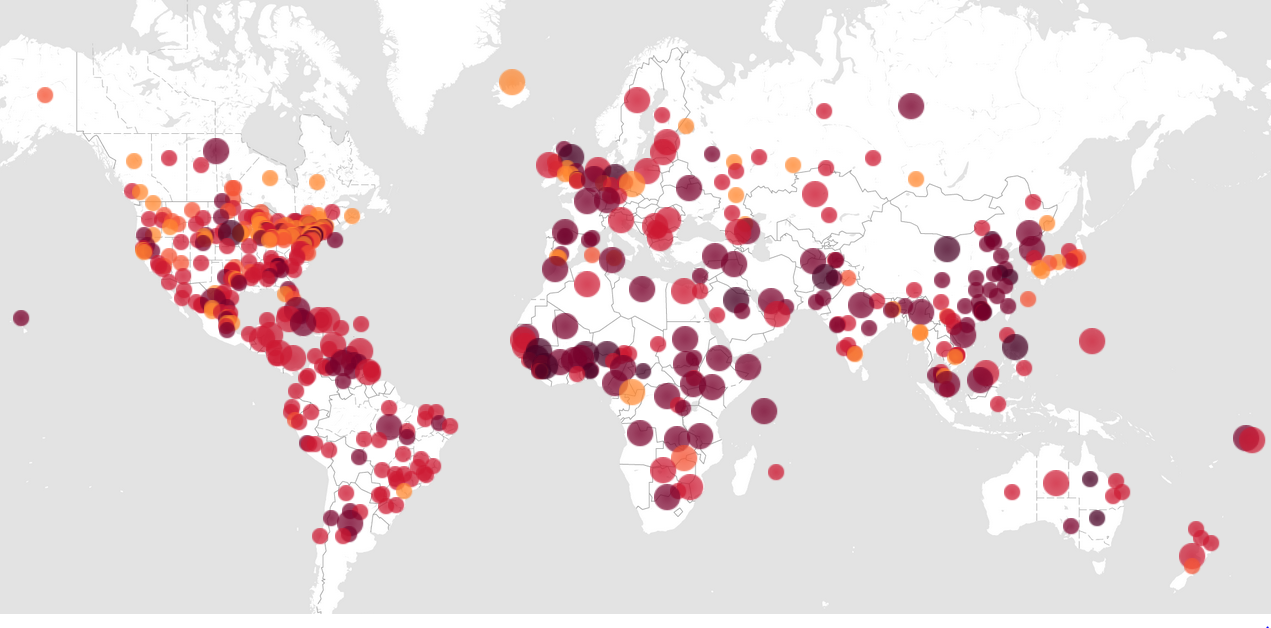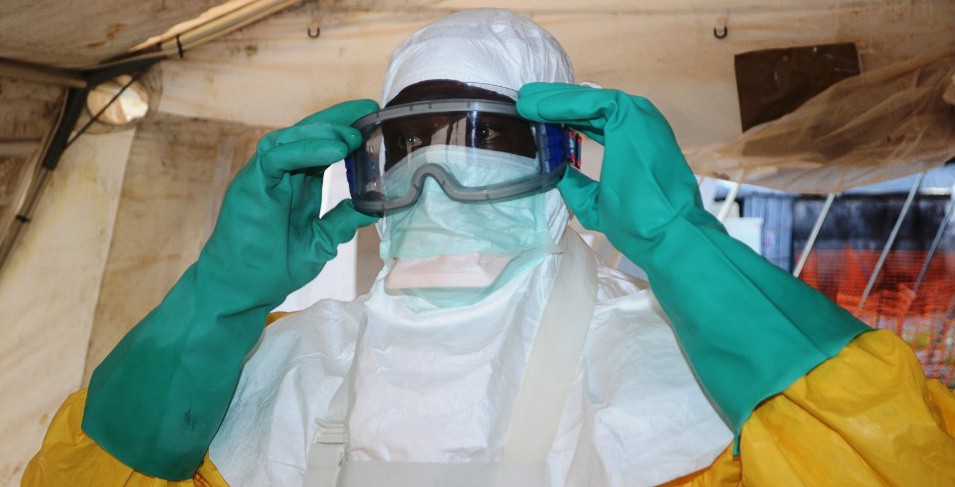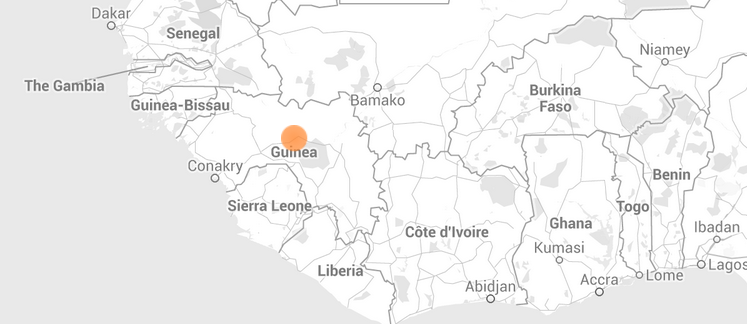HealthMap is an innovative tool that uses algorithms to scour tens of thousands of social media sites, local news, government websites, infectious-disease physicians' social networks, and other sources to detect and track disease outbreaks. Sophisticated software filters irrelevant data, classifies the relevant information, identifies diseases and maps their locations with the help of experts.
The site is run by a group of 45 researchers, epidemiologists, and software developers at BCH (Boston Children's Hospital). HealthMap was first introduced in 2006 with a core audience of public health specialists, but that changed as the system evolved and the public became increasingly hungry for information during the swine flu pandemic.
While public health workers still make up a large proportion of users, HealthMap has been adapted to be more user-friendly for the general public. It locates the outbreaks on a world map and creates a color-coding system that indicates the severity of an outbreak on the basis of news reportage about it. Users of the site can then analyze and visualize the data, gaining unprecedented views of disease outbreaks. Here's what the output looks like:

HealthMap uses these sources to generate information that includes locations of specific outbreaks and tracks new cases and deaths. In a truly ingenious concept, the system is also capable of logging public sentiment.
Although HealthMap doesn't have an extremely high level of precision - outbreaks can't be tracked down to the neighborhood level, for example - it's far from a traditional Google Maps mashup. The back end of the system does far more than marry data points to locations. According to technical advisers who worked on the project, a host of complex algorithms underpin the simple interface that the site's users see.
The second really critical feature is that the site is free for users. By doing it all with publicly available news sources and low operating costs, the service itself remains free. After a small-scale launch in 2006, the site's model and potential attracted a $450,000 grant last year from Google.org's Predict and Prevent Initiative, which is focused on emerging infectious diseases.
HealthMap's free accessibility is particularly important for tracking diseases in the developing world, where poor public health infrastructure and lack of money has handicapped epidemiological efforts. That's a problem because those regions are exactly where scientists predict new and dangerous diseases are likely to emerge - just like the Ebola outbreak did in West Africa in March 2014.
The beginning of an epidemic
When the Ebola outbreak first took hold in West Africa, eyewitness reports, social media, and other informal accounts from hospitals or local health workers were among the only sources of information available. Later reports indicate that the first case likely emerged in Guinea on February 9, though it was not known to be Ebola at the time.
The early days of the epidemic were marked by confusion and fear among the public; just as taken aback were the under-prepared health care workers, who had never seen Ebola in this part of Africa before. Perhaps in countries like Uganda, South Sudan, and the Democratic Republic of the Congo, where Ebola has struck numerous times over the past few decades, symptoms of the virus would have raised alarm bells right away.
But when the first people started getting sick with symptoms like diarrhea, vomiting, and muscle pain, health care workers did not immediately suspect Ebola. The first round of testing ruled out common illnesses, like Malaria. Then came testing for rarer diseases - in this case, they strongly suspected the cause of the symptoms was Lassa Fever, a viral disease endemic in West Africa.
By the time doctors realized that they might be working with Ebola, countless patients had already been seen in hospitals and clinics with no special protections to avoid spreading the virus to others. And even after it became apparent that Ebola was a possibility, in many cases health care workers had neither the training nor the equipment to avoid infecting themselves or other patients.
Because of the initial confusion, official reports of the first patients were slow to come. The first mentions of the Ebola outbreak were confined to conversations between health care workers and families.
Nevertheless, on March 14, HealthMap picked up on reports about an outbreak of a 'mystery hemorrhagic fever' that had already killed 8 in Guinea. Then, on March 19, the algorithm detected what may well be the first local news report of a possible Ebola outbreak, triggering HealthMap to issue an alert.
Nine days later, on March 23, the World Health Organization (WHO) issued its first public statement on the outbreak.
So how did a computer algorithm pick up on the start of the outbreak before the WHO? As it turns out, some of the first health care workers to see Ebola in Guinea regularly blog about their work. As they began to write about treating patients with Ebola-like symptoms, a few people on social media mentioned the blog posts.
And it didn't take long for HealthMap to detect these mentions. While social media isn't necessarily the most reliable source of news, HealthMap's algorithm is specifically designed to sort out the "noise" from the "signal" as it digs through the data, making the results far more useful.
"It shows some of these informal sources are helping paint a picture of what's happening that's useful to public health agencies," said Dr. John Brownstein, PhD, co-founder of HealthMap and director of the Boston Children's Hospital Informatics Program.
"The news reports and social media posts aren't always reliable, but in general they provide an up-to-date sense of what's happening," he added.
What the future holds
Now, this doesn't mean that the WHO was completely in the dark until March 23 - they were aware of isolated incidents of possible Ebola cases but were waiting for confirmation from health officials in Guinea. The Ministry of Health (MoH) of Guinea first officially notified the WHO about the outbreak on March 22, at which point a total of 49 cases including 29 deaths (case fatality ratio: 59%) had been reported. The next day, the WHO released their first public statement.
What makes it so extraordinary that HealthMap picked up on the outbreak before the WHO's announcement is not that the tool necessarily identified it first (it's doubtful that it did), but that the algorithm was able to detect such small bits of informal information and piece them together as soon as the first reports of an unknown hemorrhagic fever started spreading.
The implications for the future of HealthMap and disease tracking in general are endless, particularly as social media websites and other online platforms continue to grow and advance.
In the eight years since the site was first introduced, Dr. Brownstein's team has turned HealthMap from a technical yet bare-bones system used primarily by (a small number of) public health workers into a user-friendly, interactive program with continuous data updates used by millions worldwide. Here are just a few of the ongoing projects the system is being used for:
- DengueMap: DengueMap is a collaboration between HealthMap and CDC to provide real-time global alerts on dengue outbreaks.
- MedWatcher: A mobile tool for healthcare professionals and the public that is designed to engage users in issues of drug safety and real-time pharmacovigilance. Users can submit an adverse event report to the FDA or post to an online community. Users can also track medicines, devices and vaccines used by families and patients, as well as the latest medicines, device and vaccine developments.
- PREDICT: As part of USAID's Emerging Pandemic Threats (EPT) program, the PREDICT project focuses on detection and discovery of zoonotic diseases at the wildlife-human interface. The public-facing PREDICT HealthMap Website provides a dynamic visual display of PREDICT surveillance data and preliminary test results. Map layers include PREDICT countries, a "Hotspot Layer" adapted from Jones et al. [2008] that indicates areas with emerging infectious disease risk, as well as HealthMap Alerts for PREDICT regions.





Reader Comments